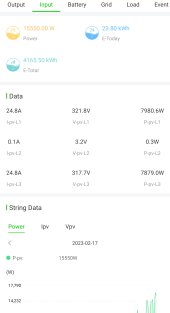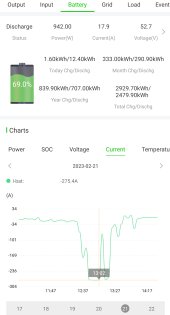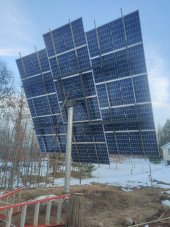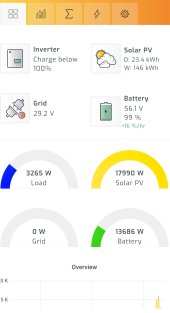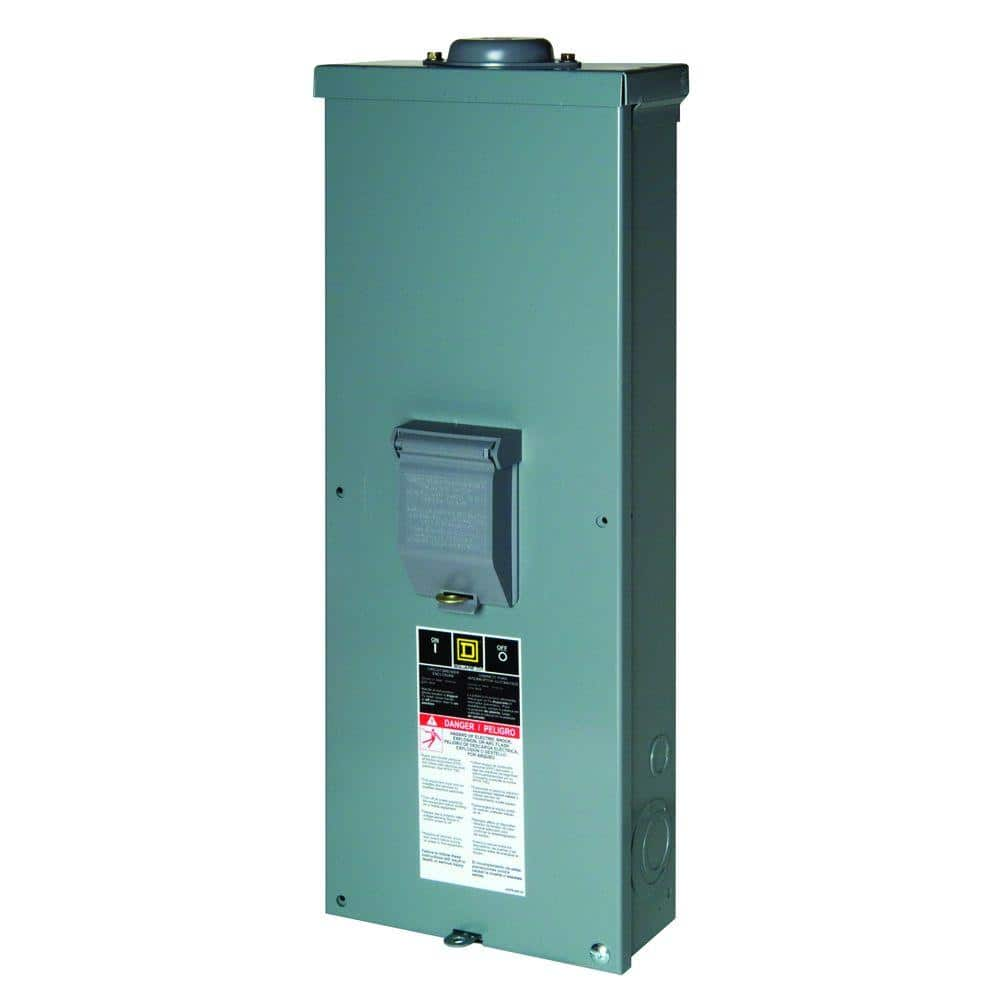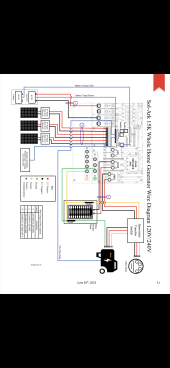Spunky
Solar Enthusiast
Yeah, I had my new array unhooked while adding two more panels and seen some big numbers from the 1st array 8S4P on MPPTs 1&3 (32x375w, 16 on each) during a cold snap.I hit over 8800W on a single MPPT last week so there must not be a wattage limit for individual inputs (other than the implied limit based on the voltage and amp limits).
I was running the battery in closed-loop again and seen a steady 275A charge, so I can't blame the BMS for anything now.
I wonder why that 15kw to the batteries isn't bidirectional instead of only 13kw back(not that most people could supply that for very long)?
